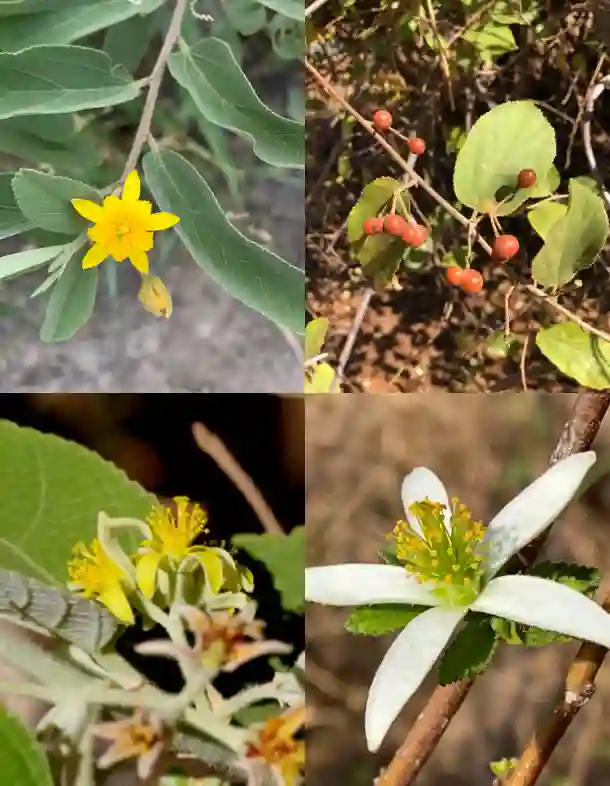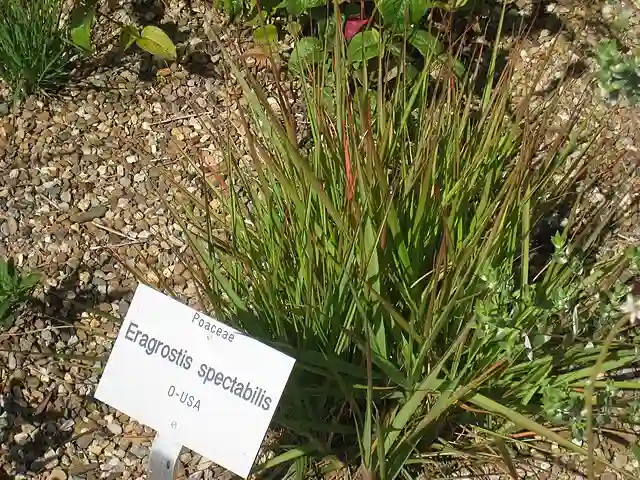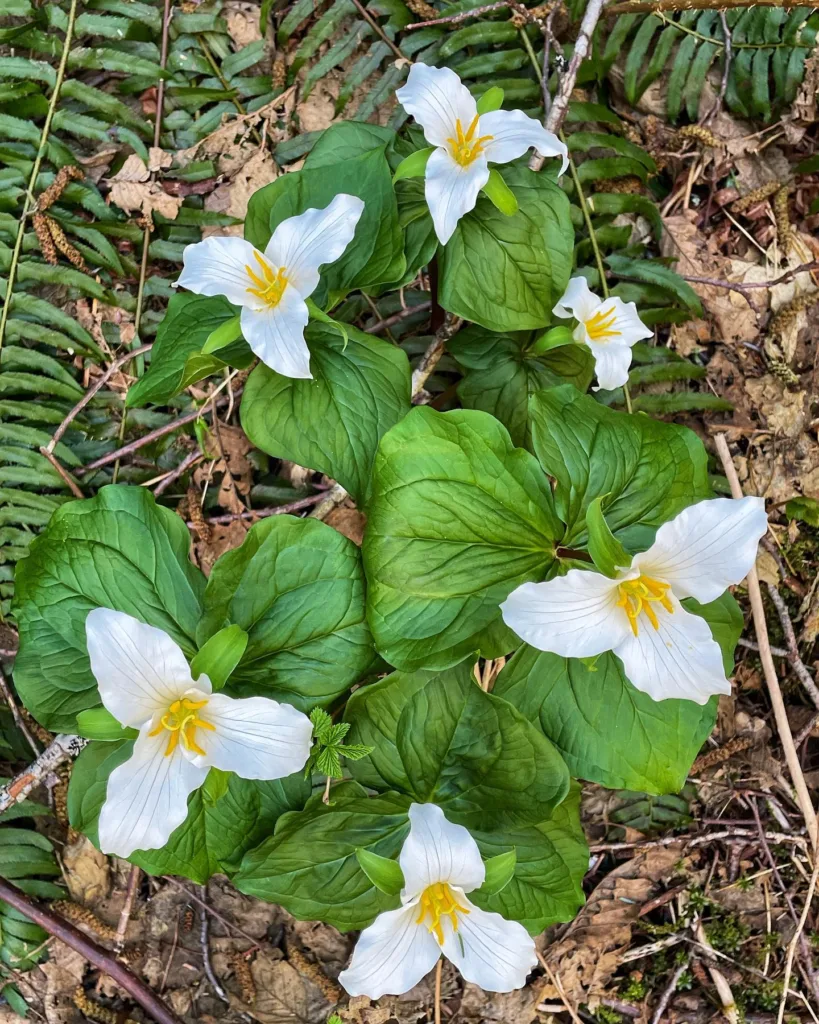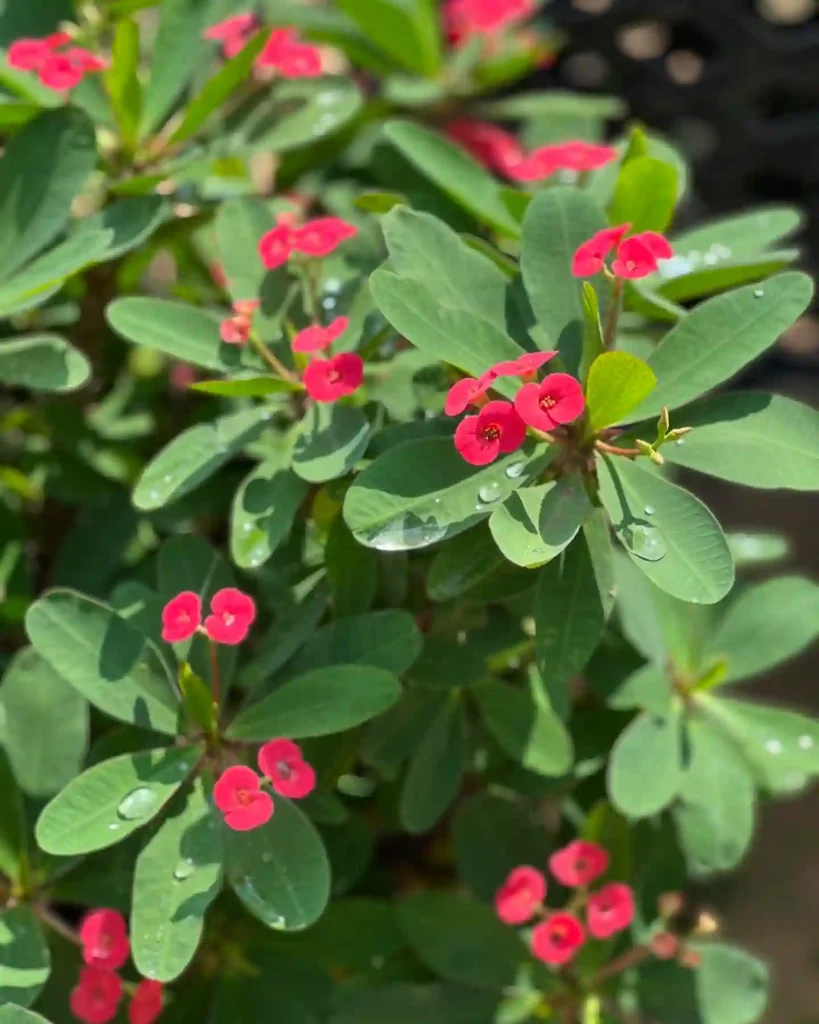Frequently Asked Questions About Fremontodendron Californicum
As someone who’s spent a fair amount of time growing and caring for Fremontodendron Californicum, I’ve encountered a lot of questions about this striking plant. In this article, I’ll cover everything from its basic care needs to its benefits and common problems. Whether you’re considering adding this plant to your garden or are already growing one, I hope this guide will provide you with valuable insights.
3 Species in Genus Fremontodendron
What is Fremontodendron Californicum?
Fremontodendron Californicum, commonly known as California Flannel Bush, is a striking evergreen shrub native to California. It’s renowned for its vibrant yellow flowers, which bloom in late spring to early summer. The plant’s foliage is silver-gray and covered with fine, soft hairs, giving it a unique, almost fuzzy appearance. It can grow up to 10 feet tall and wide, making it a standout feature in any garden.
How to Care for Fremontodendron Californicum?
Caring for Fremontodendron Californicum is relatively straightforward, but there are a few key points to keep in mind:
- Sunlight: This plant thrives in full sun. It needs at least six hours of direct sunlight each day to perform well.
- Soil: It prefers well-draining soil, ideally sandy or loamy. If your soil retains a lot of moisture, consider amending it with sand or planting in a raised bed.
- Watering: Once established, Fremontodendron Californicum is quite drought-tolerant. However, it will need regular watering during its first year of growth. After that, you can reduce watering, especially in well-draining soils.
- Fertilizing: This plant isn’t a heavy feeder. A light application of a balanced fertilizer in early spring should suffice. Avoid over-fertilizing, as it can lead to excessive foliage growth at the expense of flowers.
How to Propagate Fremontodendron Californicum?
Propagation of Fremontodendron Californicum is typically done through cuttings:
- Timing: The best time to take cuttings is in late summer or early fall.
- Method: Take 4-6 inch cuttings from healthy stems, making sure each cutting has a few leaves. Dip the cut end in rooting hormone to encourage root development.
- Planting: Place the cuttings in a pot filled with a well-draining mix, such as perlite and peat moss. Keep them in a warm, bright location but out of direct sunlight.
- Care: Maintain high humidity around the cuttings by covering them with a plastic bag or a clear plastic dome. Water them regularly to keep the soil moist but not soggy. Roots should develop in about 6-8 weeks.
What to Plant With Fremontodendron Californicum?
Fremontodendron Californicum pairs well with a variety of other plants. Here are a few suggestions:
- California Native Plants: Since Fremontodendron Californicum is native to California, it blends beautifully with other native species like California Poppy (Eschscholzia californica) and Manzanita (Arctostaphylos spp.).
- Succulents: The plant’s drought tolerance makes it a great companion for succulents like Agave or Aloe, which share similar water needs.
- Mediterranean Plants: Consider planting it alongside Mediterranean herbs like Rosemary (Rosmarinus officinalis) and Lavender (Lavandula spp.), which enjoy similar growing conditions.
Is Fremontodendron Californicum Toxic?
Yes, Fremontodendron Californicum is considered toxic. All parts of the plant, including the leaves and flowers, can cause irritation if ingested or if they come into contact with skin. It’s best to keep it away from children and pets to avoid accidental ingestion or skin reactions.
Benefits of Fremontodendron Californicum
The California Flannel Bush offers several benefits:
- Aesthetic Appeal: Its vibrant yellow flowers and unique foliage make it a striking addition to any garden.
- Drought Tolerance: Once established, it requires minimal watering, making it ideal for water-wise gardening.
- Low Maintenance: It doesn’t require extensive care, which is great for busy gardeners or those looking for a low-maintenance plant.
Common Problems
Despite its resilience, Fremontodendron Californicum can encounter a few issues:
- Pests: Watch out for aphids and spider mites, which can occasionally infest the plant. Regular inspection and appropriate insecticidal treatments can help manage these pests.
- Fungal Diseases: In poorly draining soils, it may be susceptible to fungal diseases like powdery mildew. Ensuring good air circulation and well-draining soil can help prevent this.
- Leaf Drop: Excessive watering or poor drainage can lead to leaf drop. Make sure your plant is in well-draining soil and avoid overwatering.
How Does Fremontodendron Californicum Compare to Similar Plants?
If you’re considering Fremontodendron Californicum, you might also come across plants like:
- Eriogonum Fasciculatum (California Buckwheat): Both are native to California and drought-tolerant, but Eriogonum Fasciculatum has smaller, more delicate flowers and a different foliage texture.
- Cistus (Rockrose): Rockrose shares the California Flannel Bush’s drought tolerance and can be used in similar garden settings. However, Cistus flowers are usually pink or white rather than yellow.
In summary, Fremontodendron Californicum is a fantastic choice for gardeners looking for a vibrant, low-maintenance shrub with unique features. By following the care tips and considering its benefits and potential problems, you can enjoy this beautiful plant in your garden.
If i die, water my plants!



